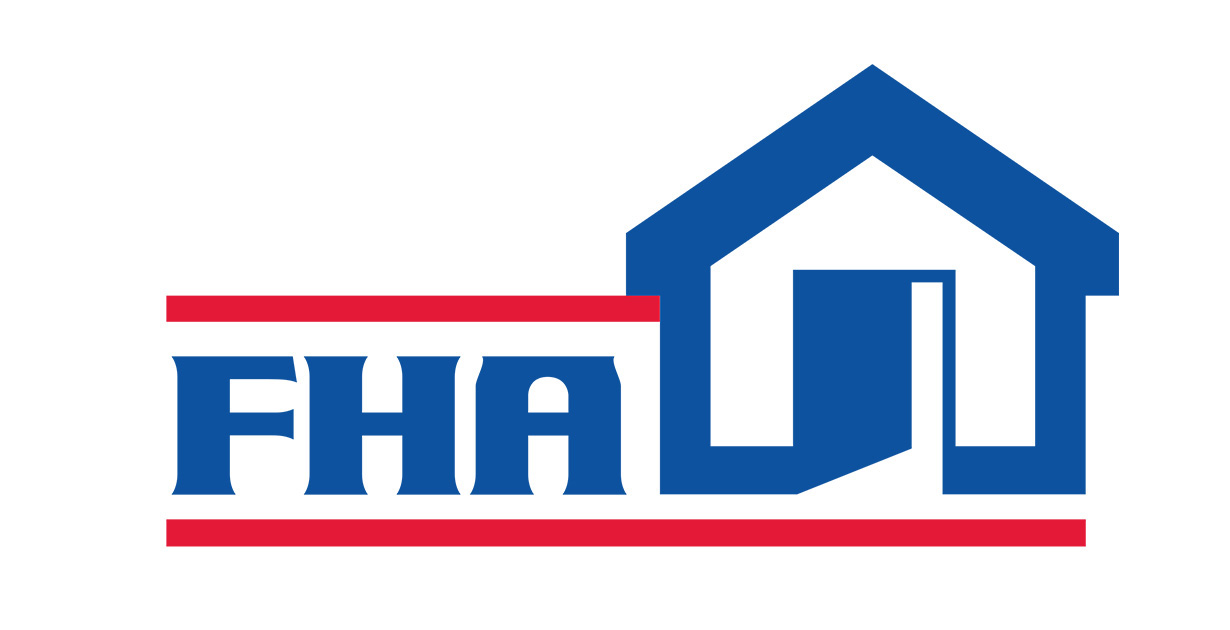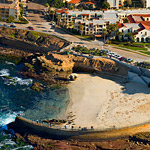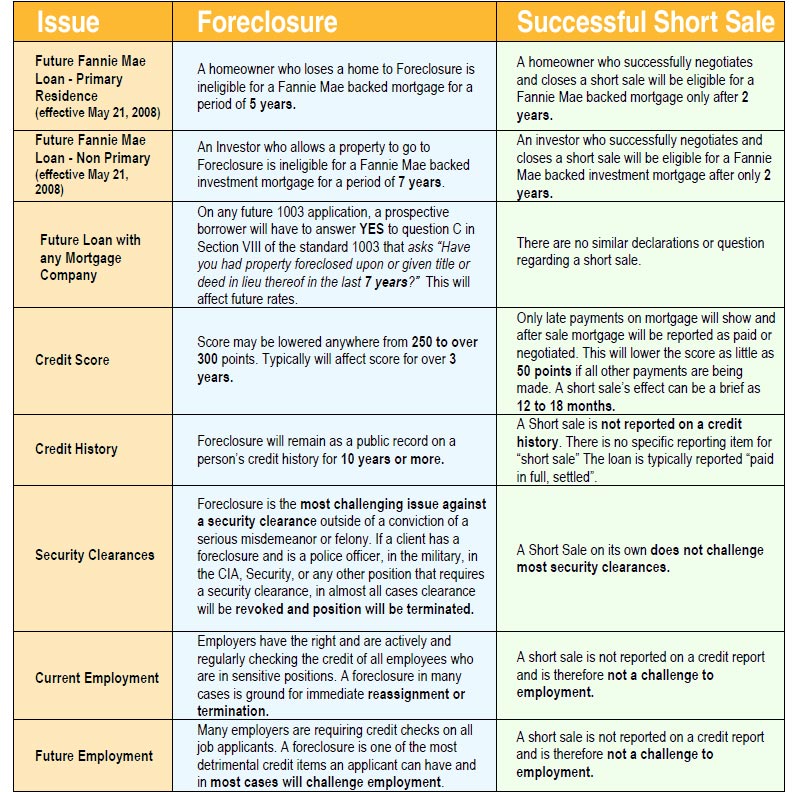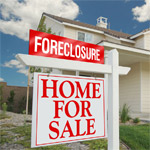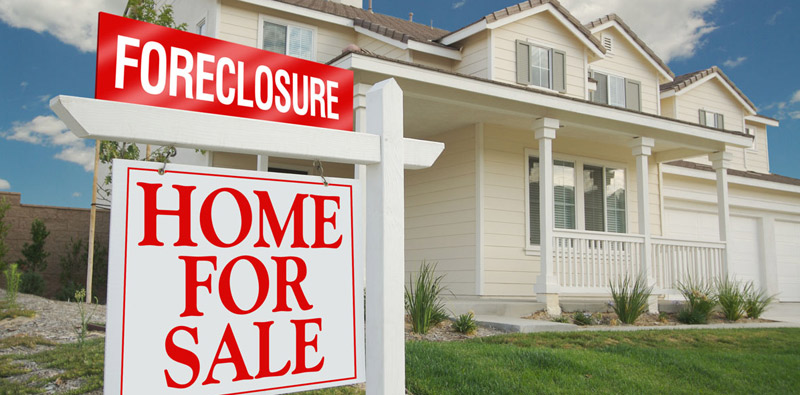FHA Loan Limits for California by County, 2024
| CA County Name |
FHA Loan Limit | FHA Duplex Loan Limit | ||
| ALAMEDA | $1,149,825 | $2,211,600 | ||
| ALPINE | $503,700 | $968,650 | ||
| AMADOR | $498,257 | $958,350 | ||
| BUTTE | $498,257 | $958,350 | ||
| CALAVERAS | $498,257 | $958,350 | ||
| COLUSA | $498,257 | $958,350 | ||
| CONTRA COSTA | $1,149,825 | $2,211,600 | ||
| DEL NORTE | $498,257 | $958,350 | ||
| EL DORADO | $763,600 | $1,468,500 | ||
| FRESNO | $498,257 | $958,350 | ||
| GLENN | $498,257 | $958,350 | ||
| HUMBOLDT | $498,257 | $958,350 | ||
| IMPERIAL | $498,257 | $958,350 | ||
| INYO | $508,300 | $977,500 | ||
| KERN | $498,257 | $958,350 | ||
| KINGS | $498,257 | $958,350 | ||
| LAKE | $498,257 | $958,350 | ||
| LASSEN | $498,257 | $958,350 | ||
| LOS ANGELES | $1,149,825 | $2,211,600 | ||
| MADERA | $498,257 | $958,350 | ||
| MARIN | $1,149,825 | $2,211,600 | ||
| MARIPOSA | $498,257 | $958,350 | ||
| MENDOCINO | $546,250 | $1,050,500 | ||
| MERCED | $498,257 | $958,350 | ||
| MODOC | $498,257 | $958,350 | ||
| MONO | $693,450 | $1,333,600 | ||
| MONTEREY | $920,000 | $1,769,250 | ||
| NAPA | $1,017,750 | $1,957,250 | ||
| NEVADA | $644,000 | $1,238,500 | ||
| ORANGE | $1,149,825 | $2,211,600 | ||
| PLACER | $763,600 | $1,468,500 | ||
| PLUMAS | $498,257 | $958,350 | ||
| RIVERSIDE | $644,000 |
$1,238,500 |
||
| SACRAMENTO | $763,600 | $1,468,500 | ||
| SAN BENITO | $1,149,825 | $2,211,600 | ||
| SAN BERNARDINO | $644,000 | $1,238,500 | ||
| SAN DIEGO | $1,006,250 |
$1,935,150 | ||
| SAN FRANCISCO | $1,149,825 | $2,211,600 | ||
| SAN JOAQUIN | $656,650 | $1,262,800 | ||
| SAN LUIS OBISPO | $929,200 | $1,786,950 | ||
| SAN MATEO | $1,149,825 | $2,211,600 | ||
| SANTA BARBARA | $838,350 | $1,612,250 | ||
| SANTA CLARA | $1,149,825 | $2,211,600 | ||
| SANTA CRUZ | $,149,825 | $2,211,600 | ||
| SHASTA | $498,257 | $958,350 | ||
| SIERRA | $498,257 | $958,350 | ||
| SISKIYOU | $498,257 | $958,350 | ||
| SOLANO | $685,400 | $1,318,100 | ||
| SONOMA | $877,450 | $1,687,450 | ||
| STANISLAUS | $517,500 | $995,200 | ||
| SUTTER | $498,257 | $958,350 | ||
| TEHAMA | $498,257 | $958,350 | ||
| TRINITY | $498,257 | $958,350 | ||
| TULARE | $498,257 | $958,350 | ||
| TUOLUMNE | $498,257 | $958,350 | ||
| VENTURA | $954,500 | $1,835,600 | ||
| YOLO | $763,600 | $1,468,500 | ||
| YUBA | $498,257 | $958,350 | ||

